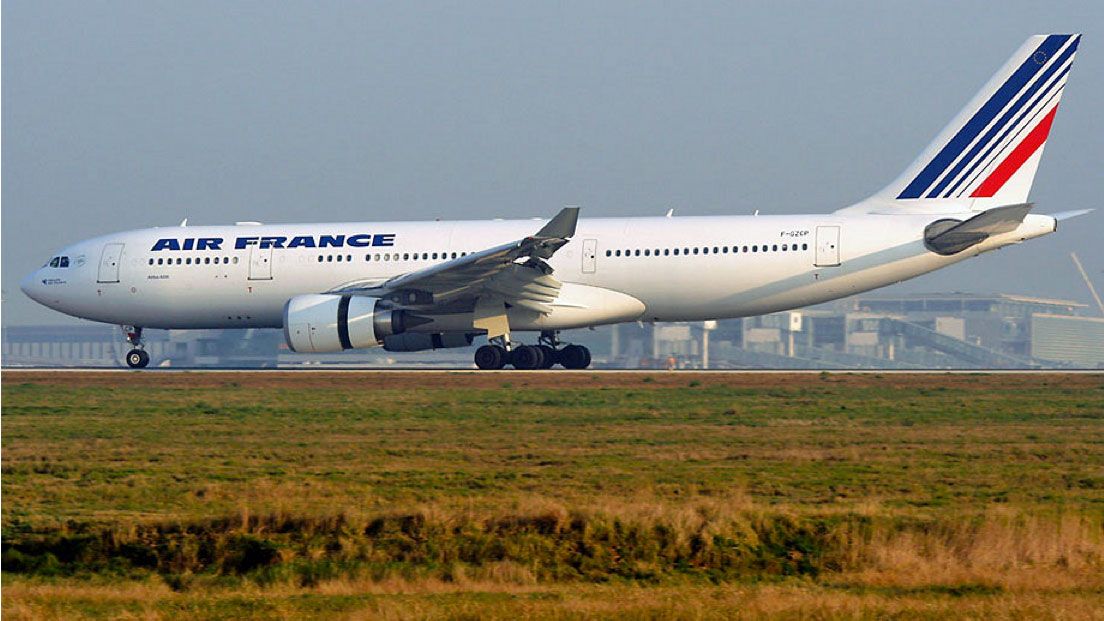The tragic interim conclusion by French air safety investigators is that the pilots in charge of Air France AF447 were inadequately trained and confused by multiple warnings in the cockpit.
Following detailed analysis of the AF447 black box, France's BEA (the equivalent of Australia's Transport Safety Bureau) said the crew made many errors during a several minute window.
Chief investigator, Jean-Paul Troadec, said black box data showed the crew only had 4.5 minutes during which they could have corrected the aircraft stall, but that if they had responded quickly, the "situation was salvageable".
Despite the damning report, Air France defended its pilots, saying "nothing at this stage can allow the crew's technical competence to be blamed".
Some of the observations made by BEA included:
- The captain left the cockpit for a rest break without giving clear operational instructions to the other pilots.
- There was no explicit task-sharing arrangements between the two pilots.
- The autopilot disconnected while the plane was flying at the upper limit of altitude and hit mild turbulence.
- The reason the plane switched over to manual control was that the computers were no longer receiving consistent air speed readings, probably because speed sensors on the plane's body had iced up.
- Although the two copilots recognised the plane had lost reliable speed readings, they failed to formally call an "unreliable IAS" situation and modify their procedures accordingly.
- The pilots had no training for the situation of unreliable air speed indicators in high altitudes, and how they should manually control the plane.
- There was also no standard Air France training for an inflight emergency where two copilots were flying the plane and the captain was not available (this training provides clear understanding of who is in charge in certain situations, so people skills do not become a barrier to rapid response to emergencies).
- The aircraft started to stall and the pilots turned the nose of the plane upwards, which took it above its safe flying level.
- At that point, more of the cockpit readouts became invalid, because the plane is not designed to provide accurate readings outside its approved "flight envelope".
- Neither of the pilots formally recognised and discussed the stall situation.
- The captain came back into the cockpit 90 seconds after the autopilot disconnected.
- Due to the plane flying higher than its safe altitude, the pilots could not see an accurate 'angle of attack' - the angle of the wings of the plane.
- Throughout the flight, the plane's elevators and engines responded accurately the pilots' commands.
- The pilots appeared to panic, declaring "I don't have any more indications", "we have no valid indications" and "I don't have control of the plane. I’ve totally lost control of the plane."
- No emergency broadcast to air traffic control was made, nor any announcement to passengers.
Air France crashed into the ocean on 1st June 2009, after running into trouble in high altitude thunderstorms between Rio de Janiero and Paris.
All 228 passengers and crew aboard the flight were killed, in one of the worst aviation accidents in a large, modern jet in recent years.
Wreckage was found 11 months later, scattered across nearly four square kilometres of deep sea floor.
Intense scrutiny has been focused on the French aircraft maker Airbus, and the speed sensing pitot tubes mounted on the plane which were suspected of icing up.
Following the accident, airlines worldwide switched the pitot tubes on the Airbus A330 to an American design less susceptible to icing up.
However, the BEA report suggests that despite the incorrect air speed readings initiating the emergency, the real disaster may have been caused by inadequate pilot training.
The analysis of this crash is vitally important for airlines and their passengers worldwide, as the Airbus A330 is one of the most commonly flown planes all over the world.
It is used within Australia -- mainly on longer East to West coast routes -- by Qantas and Virgin Blue, and to Singapore by Jetstar, as well as around the world by international airlines including Emirates, Etihad, Thai, Delta, Cathay Pacific, China Airlines and Korean Air, among others.


Hi Guest, join in the discussion on Pilot panic brought down Air France AF447: investigators